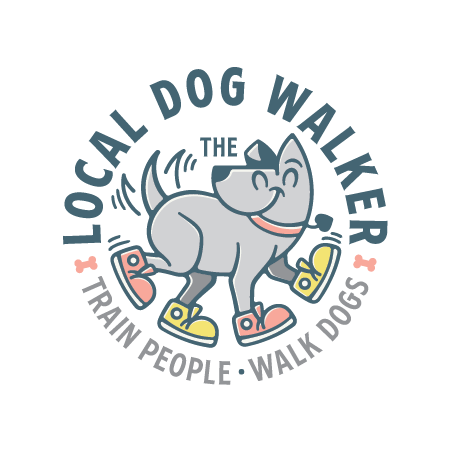Thresholds: Where is it located?
Observing and learning your dog’s threshold is important and practically a love language on it’s own. Staying under a dog’s threshold should be our goal. Their threshold is the point of reaction to their environment or triggers all around us. Being able to still perform known cues (sit, paw, shake, etc.) and taking treats from you would be an indicator your dog is under threshold. To understand your dog’s threshold you first have to observe your pet. I recommend putting your phone away while with your dog. Go on a headphones-free walk. I know, I know, this sounds scary, but trust me! See what your dog sees, hear what your dog hears and take in all the smells. Watch your dog explore the world and keep these questions/prompts in mind… Sights, Smells, Sounds.
What does my dog see as interesting? - Other dogs, a stray cat, an off-leash dog, flying birds, a car backfiring?
What smells are they checking out? - Sidewalk snacks, freshly marked bush/tree, ‘nothing’, cats?
What sounds alert my dog? - Jingle of keys/dog collar, dogs barking, people talking, plastic bag tumbling?
Tuning in to what our dogs find interesting, scary, exciting, curious can lead to a new level of your relationship! Now you have information about what catches their attention. Without writing a book about it.. look for some of these indicators of stress…
Dog goes to end of leash to create distance between it and [object].
Ears back/flat against head, tail tucked, whites of eyes showing, hiding behind you
Dog barking and backing away -or- lunging towards [object]
Dog not responding to known cues. Example: “Sit” and dog doesn’t sit/“Down” and doesn’t down.
These could be some signs that your dog is not comfortable in their environment. At this point, you are asking them to operate in a situation they’re not okay being in. So what is the solution? Often, distance.
Distance is a key factor in keeping your dog under threshold. Management is quicker than training and is helpful in keeping your dog under threshold when you are out in the world.
Dog barks at oncoming dogs ➡️ Cross the street to prevent it
Dog lunges at bicycles ➡️ Create distance when you first notice the bike
You get stopped by a friend with another dog and your dog doesn’t want to say hello ➡️ Tell that person you will catch up with them later, you need to finish your dogs walk.
Dog fixates where stray cats are known to be ➡️ Bring treats and make walking with you more rewarding
tl;dr
Pay attention to your dog. Prioritize your dog’s needs when you’re out with them. You brought them out, it’s your duty to keep them safe and comfortable. Your dog’s comfort level changes with the environment they are in. If your dog is not comfortable, create distance and get back to a safe place.

